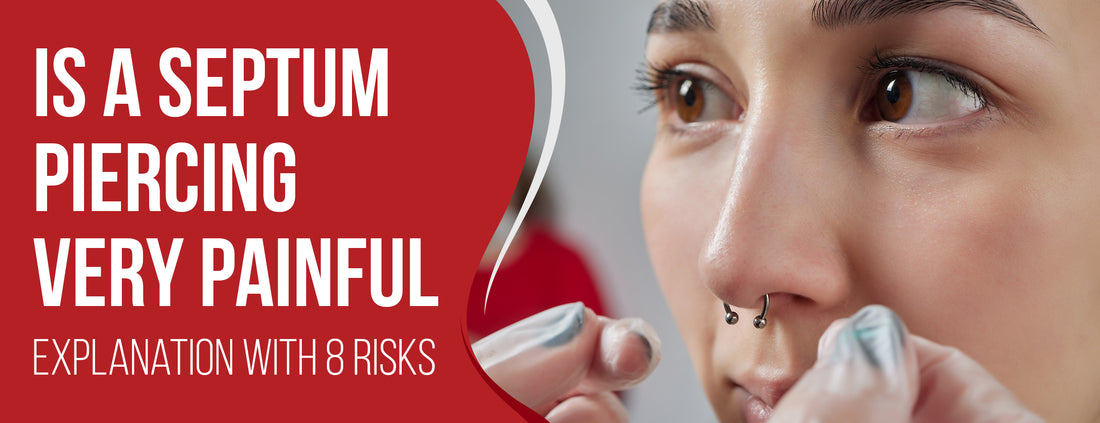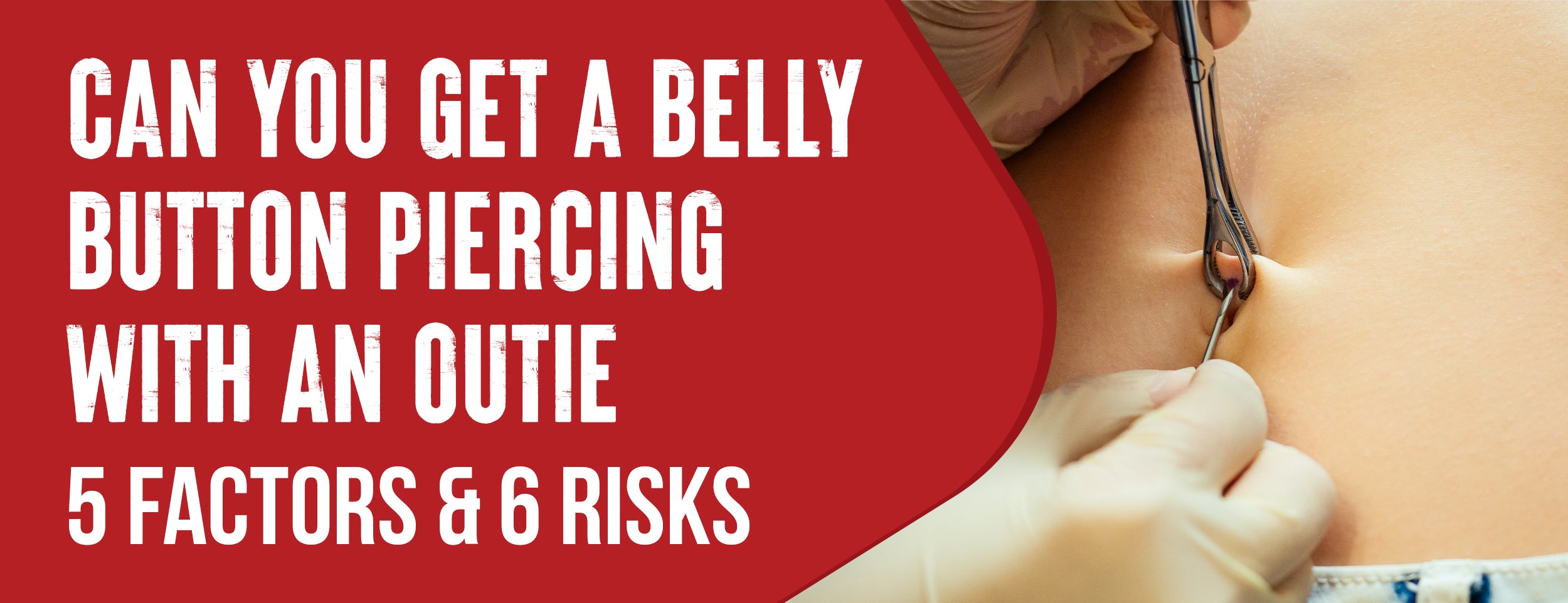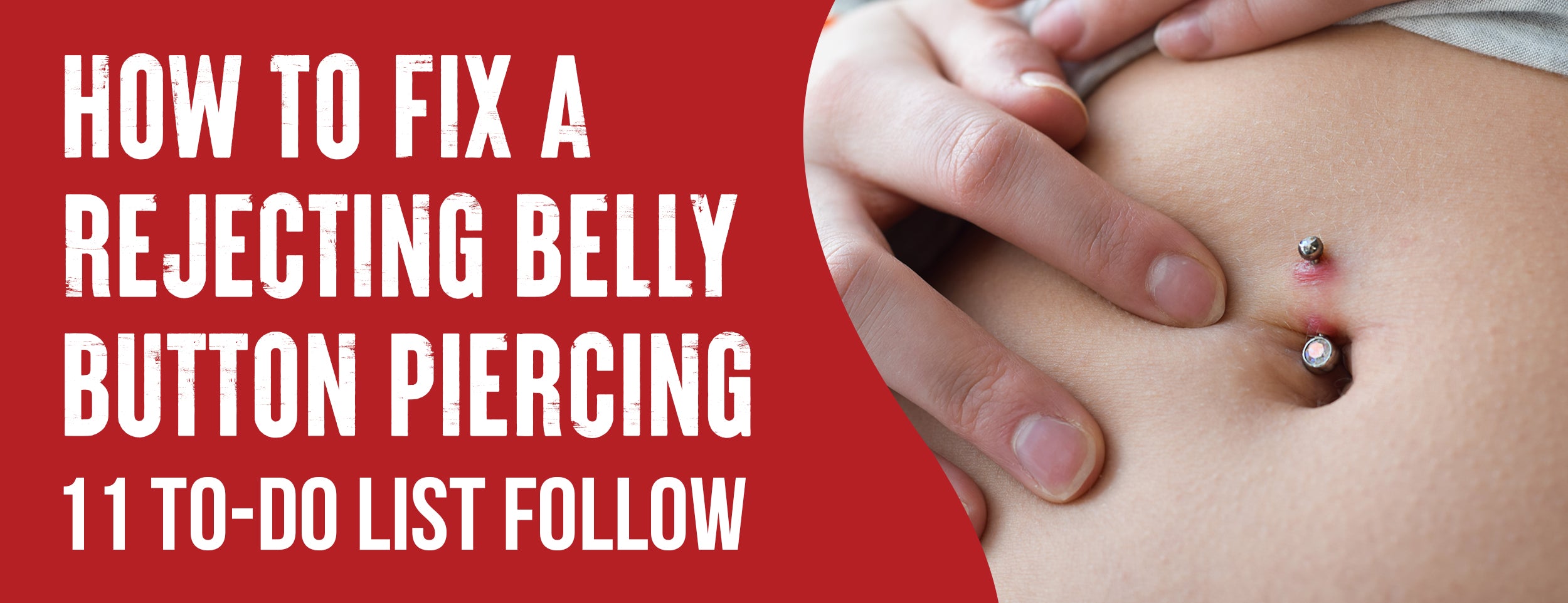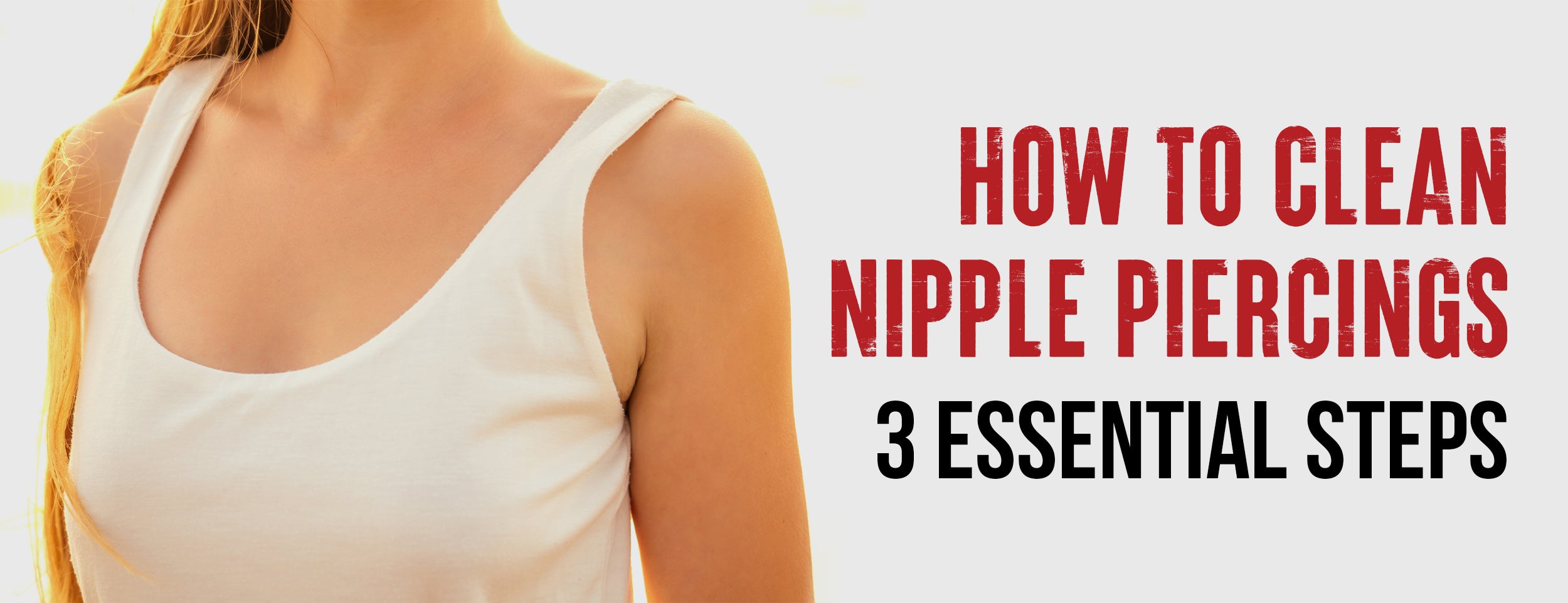Have you considered getting a septum piercing but are hesitant because of the potential pain? Many wonder just how painful a septum piercing is and whether it's worth enduring.
A septum piercing can be painful, significantly, if the septum deviates. It feels like a firm pinch, sting, or prick. Septum piercings are piercing through the nasal septum. Nasal septums divide the nose into two nasal cavities.
We will explore the ins and outs of septum piercings, including the type of jewelry used, how it's done, pain and healing, aftercare, risks and dangers, and even when it's safe to change your jewelry.
Is a Septum Piercing Very Painful: Pain Level

Before you get on board with Septum Piercing, consider the pain factor associated with it. We will shed light on septum piercing pain, the pain threshold, and pain management methods.
The Pain Level of Septum Piercing
Septum piercing involves piercing the thin area of skin between your nostrils. Unlike nostril piercings, septum piercings require puncturing the cartilage. Therefore, many people wonder about the pain level of getting a septum piercing.
The actual piercing process lasts only a few seconds, and most people report feeling a sharp pinch or pressure during the piercing. It's crucial to note that septum piercing pain is subjective and will vary from person to person. However, on a pain scale from 1 to 10, most people report the pain level to be around 4 or 5.
The Pain Threshold
The pain threshold is the point at which a person feels pain. Everyone has different pain thresholds depending on age, gender, and previous experiences. Some people have a higher pain threshold, which means they can withstand more pain before feeling discomfort.
Those with a lower threshold may feel pain from the slightest touch. Understanding one's pain threshold before undergoing any piercing or procedure is essential.

Pain Management Techniques During Septum Piercing
Pain management techniques can help reduce the pain associated with septum piercings. These include:
- Numbing Cream or Spray: Applying a numbing cream or spray to the area before the procedure can temporarily block the pain signals. Discussing this with the piercer beforehand and following their instructions carefully is essential.
- Deep Breathing and Relaxation: These exercises can help calm the mind and body, reducing pain and discomfort.
- Pain Medication: Over-the-counter pain medication such as ibuprofen can help reduce swelling and discomfort. It is essential to consult a doctor before taking any pain medication.
- Distraction Techniques: Focusing on something else, like a favorite song or engaging in conversation, can help take the mind off the pain during the procedure.
A Septum Piercing is Very Painful: 8 Risks and Dangers
Are you considering getting a septum hitting? While it may seem like a fashionable and edgy addition to your appearance, it's essential to understand the risks and dangers involved before deciding to go through with it. Before getting a septum piercing, it's crucial to understand the potential risks involved. Risks include:
Specific Health Risks Involved

Besides the general risks listed above, specific health risks come with septum piercing. These include:
- Nasal Difficulties: Swelling from the piercing may cause breathing difficulties or sinus issues.
- Tooth and Gum Damage: A septum piercing can damage teeth and gums, especially if the jewelry rubs against them frequently.
- Tetanus: Without piercing with sterile equipment, there is a risk of contracting tetanus, a severe bacterial infection.
- Migration: The body may reject the piercing and cause it to migrate or move out of place.
- Damage to Nasal Structures: Improper piercing techniques or jewelry placement may cause damage to the septum or other nasal structures.
Dangers of Improper Septum Piercing
Addressing the potential dangers of improperly piercing the septum is essential. These dangers include:
- Nerve Damage: If the piercing is not done in the right location, there is a risk of damaging nerves in the nose.
- Perforation: An inexperienced piercer may accidentally perforate the septum, causing a hole between the nostrils.
- Scarring: Scarring may occur if the piercing is not properly cared for.
How Painful is a Septum Piercing: 3 Considerations
Septum piercing is a popular form of body modification that involves piercing the thin piece of tissue that separates the nostrils. If you are considering getting a septum piercing, one of the common concerns you may have is whether it is painful.

The Importance of Proper Hygiene
Before delving into the pain associated with septum piercing, it is essential to note that proper hygiene is paramount in preventing infections and other complications. Here are some key points to consider:
- Your piercer should use sterile equipment to minimize the risk of infections.
- Follow your piercer's aftercare instructions closely to maintain good hygiene and prevent complications.
- Symptoms of infection include redness, swelling, and pus discharge. Seek medical attention immediately if you experience these symptoms.
Piercing Guns
Piercing guns are commonly used to pierce ears but should not be used for septum piercings. The reasons are as follows:
- Piercing guns cannot be adequately sterilized, increasing the risk of infections and disease transmission.
- The sharp piercing jewelry is unsuitable for septum piercings and can cause tissue damage and pain during cutting.
- Always choose a piercer who uses a sterile needle to minimize these risks.
Importance of Choosing a Professional Piercer
Finally, choosing a professional piercer is one of the most crucial factors in avoiding pain during a septum piercing. Check out these things:
- A professional piercer will have extensive training and experience piercing different body parts.
- They will have a portfolio of previous work and references to back up their training.
- A professional piercer will use sterile equipment, including a new needle for each client.
- They will offer aftercare instructions and be available to answer your questions or concerns.
The Pain of a Septum Piercing: 3 Side Effects
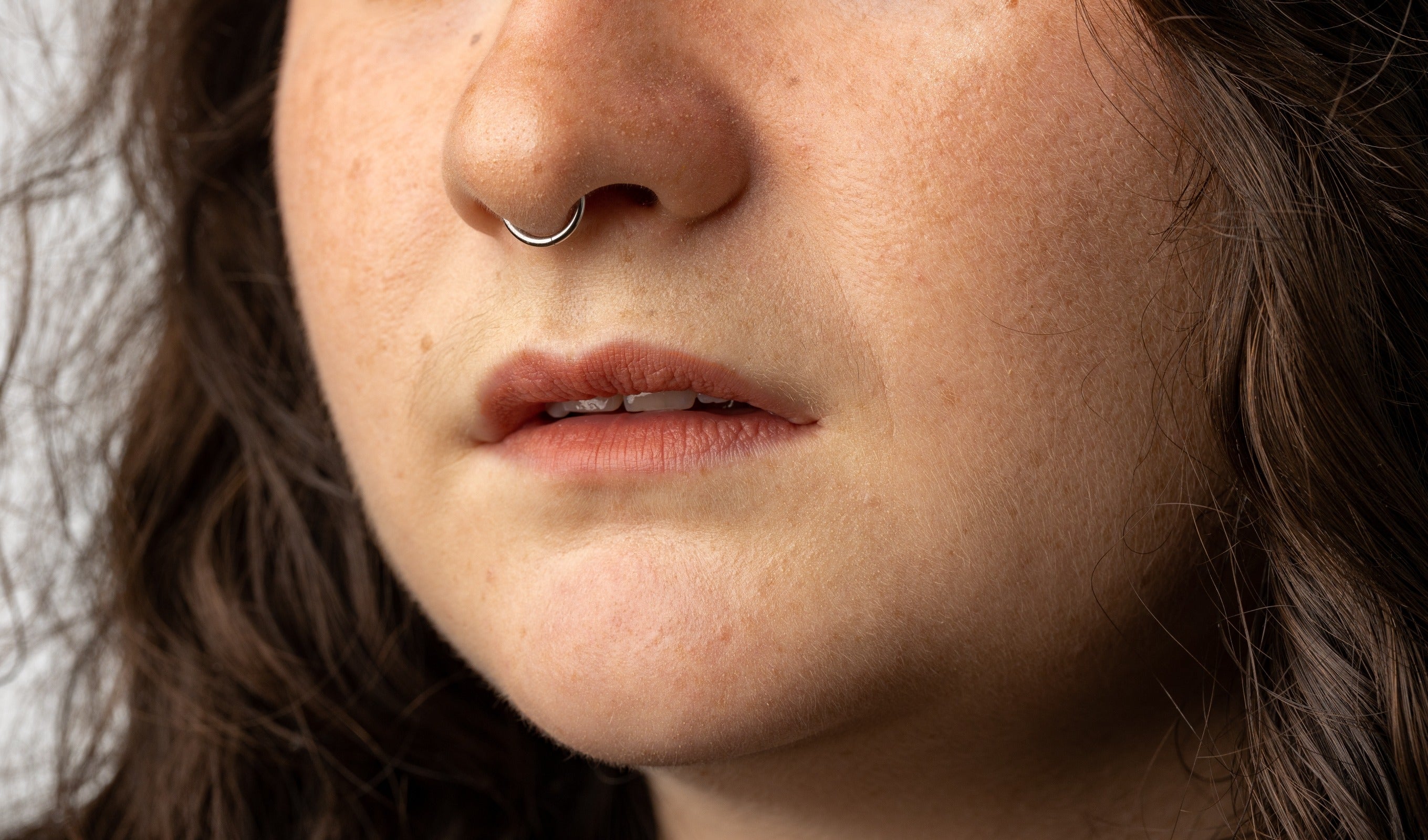
Septum piercings have become increasingly popular in recent years, but like all piercings, there are potential risks and side effects. It's important to understand these risks before getting a septum piercing. These are some of the most common reactions:
Swelling, Redness, and Bruising
It's normal for your piercing site to be tender and swollen for a few days afterward. Sometimes, you may experience redness and bruising on and around the piercing site. These side effects typically subside within a week, but if they persist or worsen, it's essential to consult with your piercer or a healthcare professional.
Allergic Reactions
If you have a sensitivity or allergy to certain metals, such as nickel or cobalt, you may experience an allergic reaction to the jewelry used in your septum piercing. Symptoms of an allergic reaction may include itchiness, redness, pain, and swelling. If you experience these symptoms, you must see a medical professional immediately.
Infection
Any time you break the skin barrier, there is a risk of infection. While septum piercings typically heal well, there is still a risk for disease.
Signs of infection include excessive redness, swelling, discharge, and fever. It's essential to keep your piercing clean and follow aftercare instructions provided by your piercer to reduce the risk of infection.

Septum Piercing and Pain: 8 Tips for Aftercare
Septum piercing is a trend that has become increasingly popular among women who want to express themselves uniquely. While getting the piercing may seem exciting, it is essential to remember that aftercare is crucial for healing and preventing infections.
- Preventing Infection: Getting a piercing creates a wound in the body. Without proper care, this wound can become infected. Besides being painful, an infected piercing can cause redness, swelling, and discharge, all of which can delay healing.
- Ensuring Proper Healing: The piercing may take longer without proper aftercare. This can lead to discomfort and a greater risk of complications.
- Maintaining the Integrity of the Piercing: Proper aftercare can also help prevent damage to the piercing. This includes ensuring the jewelry stays in place, and the piercing does not close up.
- Keep the Piercing Clean: Use a saline solution or sea salt soak twice a day to keep the piercing clean. Avoid alcohol or hydrogen peroxide, which can be too harsh and delay healing.
- Avoid Touching the Piercing: Your hands have bacteria that can transfer to the piercing and could cause an infection. Limit touching the piercing when necessary to clean it.
- Be Careful When Changing Clothes: If you change your clothes, be careful not to snag the piercing or move the jewelry. This can cause further damage and delay healing.
- Avoid Swimming Pool or Hot Tubs: Public pools and hot tubs can breed grounds for bacteria that can cause infections. It is best to avoid them until the piercing is fully healed.
- Watch for Signs of Infection: Be aware of any signs of infection, such as redness, swelling, or discharge. If you notice any of these, seek medical attention immediately.
Conclusion
Septum piercing can be a painful experience for some patients, but a minor discomfort shouldn't stop you from trying it out. The pain varies from person to person and is usually short-lived. Proper aftercare and high-quality jewelry can also help reduce pain and discomfort.
Always ensure the piercing is done by a professional piercer in a clean and safe environment. So, if you want to try out a septum piercing, go for it, and enjoy expressing your unique style.

